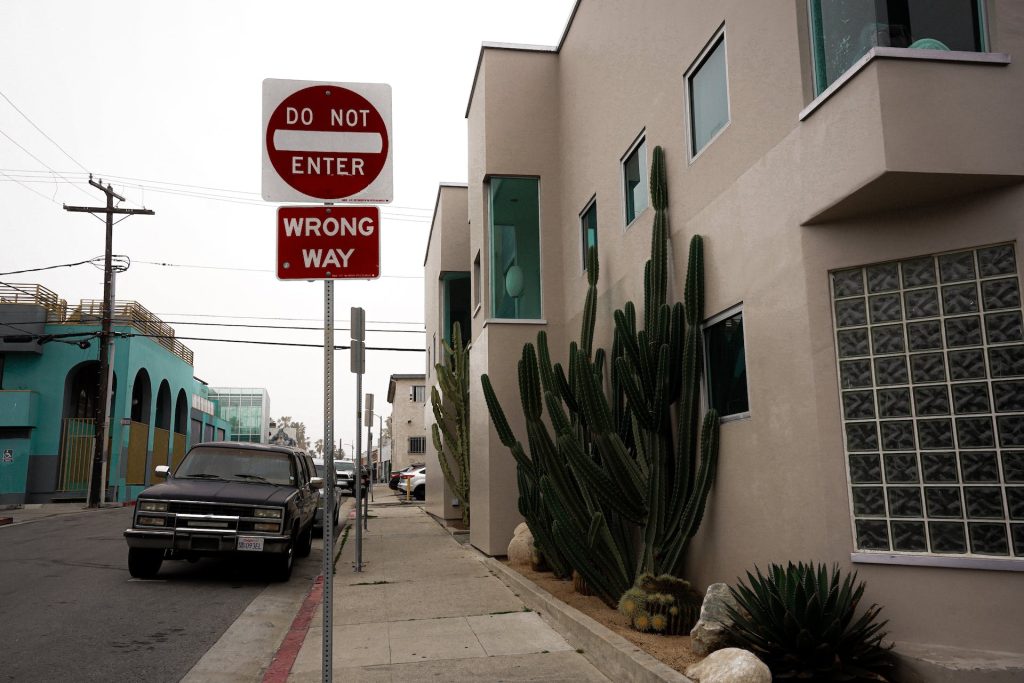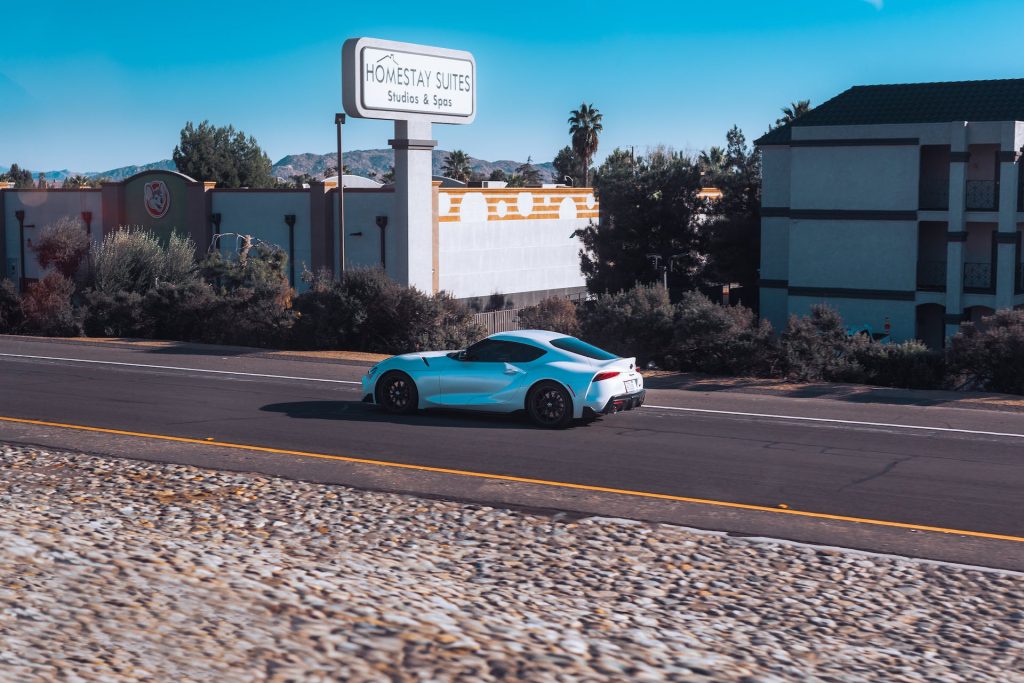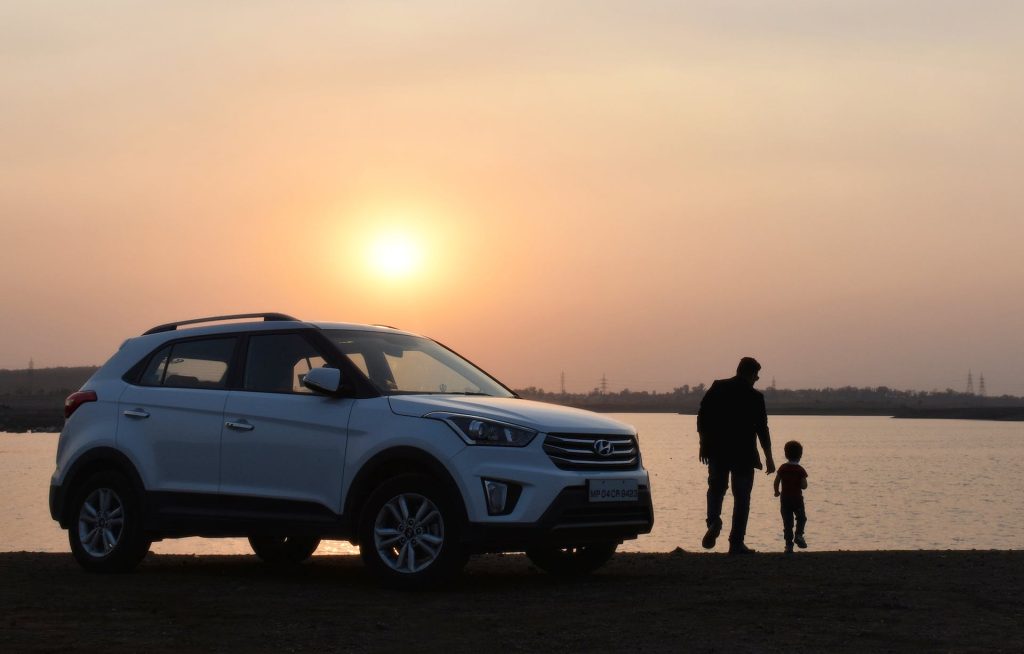
Navigating the world of cheap car insurance can be a daunting task, especially with the plethora of coverages, options, and fine print to consider. While car insurance is essential for protecting yourself financially in the event of an accident, it’s easy to make mistakes that can end up costing you more money than you need to pay.
In this article, CheapInsurance.com explores the 5 most common car insurance mistakes people make and provide you with the knowledge and tips to avoid them. By understanding these pitfalls, you can make informed decisions about your car insurance coverage and save yourself unnecessary expenses.
Key Takeaways:
5 Common Car Insurance Mistakes:
- Choosing the Wrong Coverage
- Not Shopping Around
- Not Increasing Your Deductible
- Not Reporting a Change in Your Circumstances
- Not Canceling Unnecessary Coverage

1. Choosing the Wrong Coverage
One of the most common mistakes people make when it comes to car insurance is choosing the wrong coverage. It’s important to make sure you have the right amount of coverage to protect yourself financially in the event of an accident. If you have too little coverage, you could be on the hook for thousands of dollars in out-of-pocket expenses. If you have too much coverage, you’ll be paying for something you don’t need.
Elements of Car Insurance Coverage
There are many different types of car insurance coverage, but the most important ones are:
- Bodily injury liability: This coverage pays for medical expenses and other damages if you injure someone else in an accident.
- Property damage liability: This coverage pays for damage to other people’s property if you cause an accident.
- Collision coverage: This coverage pays for damage to your car if you are in an accident.
- Comprehensive coverage: This coverage pays for damage to your car from theft, vandalism, fire, or other non-collision events.
Policy Limits
The amount of coverage you need will depend on your individual circumstances. However, as a general rule of thumb, you should have at least $100,000 in bodily injury liability coverage and $50,000 in property damage liability coverage. For collision and comprehensive coverage, you should choose a deductible that you can afford to pay in the event of an accident.
Vehicle Value
The value of your vehicle is also an important factor to consider when choosing car insurance coverage. If you have a newer car, you may want to consider gap insurance. Gap insurance pays the difference between the amount you owe on your car loan and the actual cash value of your car if it is totaled in an accident.
Protecting Your Property
Rental reimbursement coverage can help you pay for a rental car if your car is damaged or destroyed in an accident. Medical payments coverage can help pay for your medical expenses if you are injured in an accident, regardless of who is at fault.
Medical Coverage
Personal injury protection (PIP) is a type of medical coverage that is required in some states. PIP pays for your medical expenses, regardless of who is at fault, up to a certain limit.
Gap Insurance
Gap insurance can help you pay the difference between the amount you owe on your car loan and the actual cash value of your car if it is totaled in an accident.

2. Not Shopping Around
Another common mistake is not shopping around for car insurance. Many people simply stick with the same insurance company they’ve always had, without ever considering switching. This is a big mistake, as you could be saving hundreds of dollars a year by switching to a different company.
Elements of Shopping for a Car Insurance Quote
Shopping for car insurance can seem like a daunting task, but it’s important to do your research to find the best value for your money. Here are the steps involved in shopping for a car insurance quote:
- Gather your information: You will need to provide the insurance company with some personal information, such as your name, address, date of birth, and driving record. You will also need to provide information about your vehicle, such as the make, model, and year.
- Compare quotes: Once you have gathered your information, you can start comparing quotes from different insurance companies. You can do this online, by phone, or by working with an insurance agent.
- Consider the factors: When comparing quotes, it is important to consider the following factors:
- Coverage: Make sure you are comparing apples to apples by ensuring that each quote includes the same coverage.
- Deductible: The deductible is the amount of money you will have to pay out of pocket before your insurance company starts to pay. A higher deductible will lower your monthly premium, but it will also mean that you will have to pay more out of pocket if you are in an accident.
- Payment options: Some insurance companies offer discounts for paying your premiums in full or for setting up automatic payments.
Premium Payment Options
Premium payment options can have a significant impact on your overall car insurance costs. Here are some things to consider when choosing a payment option:
- Monthly payments: This is the most common payment option, but it can also be the most expensive. If you choose to pay your premiums monthly, you will be charged interest on the unpaid balance.
- Annual payments: Paying your premiums annually can save you money on interest charges. However, you will need to have the cash upfront to pay for your entire policy.
- Automatic payments: Setting up automatic payments can help you avoid late fees and ensure that your coverage is never interrupted.
Comparing Car Insurance Quotes
There are a number of ways to compare car insurance quotes. You can use an online quote comparison tool, work with an insurance agent, or contact insurance companies directly.
When comparing quotes, it is important to pay attention to the following:
- Coverage: Make sure you are comparing apples to apples by ensuring that each quote includes the same coverage.
- Deductible: The deductible is the amount of money you will have to pay out of pocket before your insurance company starts to pay. A higher deductible will lower your monthly premium, but it will also mean that you will have to pay more out of pocket if you are in an accident.
- Discounts: Many insurance companies offer discounts for things like good driving records, multiple policies, and bundling your car and home insurance.
Best Level of Protection
The best level of protection for you will depend on your individual needs and circumstances. However, it is important to make sure you have enough coverage to protect yourself financially in the event of an accident.
If you are unsure about how much coverage you need, you should talk to an insurance agent. They can help you assess your risk factors and recommend the best level of coverage for you.

3. Not Increasing Your Deductible
Your deductible is the amount of money you’ll have to pay out of pocket before your insurance company starts to pay. The higher your deductible, the lower your monthly premium will be. However, it’s important to make sure you can afford to pay your deductible in the event of an accident.
General Deductible Amounts
Common deductible amounts for car insurance vary depending on the type of coverage and the insurance company. Here’s a general overview:
- Bodily injury liability and property damage liability: $500 to $1,000
- Collision: $500 to $2,000
- Comprehensive: $100 to $500
- Gap insurance: $100 to $500
Setting Different Deductible Amounts
You can set different deductible amounts for different types of coverage. For instance, you might opt for a lower deductible for collision coverage, which covers damage to your vehicle in an accident, since you are more likely to file a claim for this type of damage. Conversely, you might choose a higher deductible for comprehensive coverage, which protects against non-collision events like theft or vandalism, as these incidents are less frequent.
Advantages of Higher Deductibles:
- Lower monthly premiums: Increasing your deductibles can significantly reduce your monthly car insurance costs.
- Financial responsibility: Setting higher deductibles encourages you to be more cautious on the road, promoting safer driving habits.
Disadvantages of Higher Deductibles:
- Out-of-pocket expenses: In case of an accident, you’ll need to cover the deductible amount before your insurance kicks in, which can strain your finances.
- Multiple claims: If you’re involved in frequent accidents, higher deductibles can accumulate into significant out-of-pocket expenses.
Revisiting Deductible Amounts
It’s advisable to review your deductible amounts periodically to ensure they align with your financial situation and risk factors. Here are some scenarios that might warrant a deductible reassessment:
- Financial changes: If your income or expenses have changed significantly, you may need to adjust your deductibles accordingly.
- Vehicle value: As your car depreciates, you might consider increasing your comprehensive deductible, as the payout for a totaled vehicle would be lower.
- Driving record: If you’ve accumulated a clean driving history, you might be eligible for lower deductibles, reducing your out-of-pocket costs.
Consult with your insurance agent to determine the most suitable deductible amounts for your specific needs and circumstances.

4. Not Reporting a Change in Your Circumstances
Insurance companies base your premiums on your risk factors. This includes your driving history, your credit score, and the type of car you drive. If you have a change in your circumstances, such as a new job or a move, it’s important to let your insurance company know so they can reassess your risk and adjust your premiums accordingly.
Types of Changes in Circumstances
Here are some specific types of changes in circumstances that you should report to your insurance company:
Driving Record:
- Moving violations: If you receive a traffic ticket or other moving violation, your insurance company will need to know about it. Your premiums may increase as a result.
- Accidents: If you are involved in an accident, regardless of fault, you should report it to your insurance company. They will need to review the details of the accident to determine if your premiums will be affected.
- New driver: If you add a new driver to your policy, your insurance company will need to reassess your risk and may adjust your premiums accordingly.
Vehicle Usage:
- Mileage: If your mileage changes significantly, either up or down, you should let your insurance company know. This is because your premiums are based on the amount of time you spend driving.
- Parking: If you change your parking arrangements, such as moving from a garage to on-street parking, you should notify your insurance company. This is because the risk of theft or vandalism is higher for cars parked on the street.
- Vehicle modifications: If you make any modifications to your vehicle, such as installing a new bumper or adding aftermarket accessories, you should inform your insurance company. These changes may affect your coverage and premiums.
Personal Circumstances:
- Address: If you move to a new address, your insurance company will need to know your new location. This is because your premiums are based on the crime rates and other factors in your area.
- Occupation: If you change your job, your insurance company may need to reassess your risk. This is because your occupation can affect your driving habits and the risk of accidents.
- Marital status: If you get married or divorced, your insurance company may need to know your new marital status. This is because your marital status can affect your risk factors.
In general, it is always better to err on the side of caution and report any changes in your circumstances to your insurance company. This will help to ensure that you have the right coverage and that you are not paying too much for your insurance.

5. Not Canceling Unnecessary Coverage
Many people have insurance coverage that they don’t need. This could include rental car reimbursement or roadside assistance coverage. If you don’t use these services, you should cancel your coverage to save money on your premiums.
Evaluating Unnecessary Coverages
Several factors can contribute to having unnecessary insurance coverages. These include:
- Duplicate coverage: Check for overlapping coverage with other policies, such as rental car reimbursement or roadside assistance provided by your credit card company or through your auto club membership.
- Unused benefits: Consider if you’ve ever utilized certain coverages, like loan/lease protection or gap insurance, which are typically intended for newer vehicles. If you haven’t used them, canceling them can save money.
- Changing circumstances: As your lifestyle or vehicle ownership changes, evaluate the need for certain coverages. For instance, if you’ve sold your older car and now drive a newer one, you might reconsider gap insurance.
Policy Renewal vs. Mid-Term Cancellation
The timing of canceling unnecessary coverage depends on your specific circumstances and insurance company policies. Here’s a breakdown of considerations:
Policy Renewal:
- Convenience: Waiting until policy renewal simplifies the process and ensures you don’t accidentally miss coverage termination.
- Potential Refunds: Some insurers offer prorated refunds for unused portions of canceled coverages, so canceling at renewal might maximize savings.
Mid-Term Cancellation:
- Immediate Savings: Canceling mid-term can provide immediate savings on your monthly premiums.
- Potential Fees: Some insurers charge cancellation fees for mid-term terminations, so check the terms of your policy.
- Policy Pro-Ration: Your insurer may prorate your policy, adjusting the premium based on the time you had the coverage, so savings might be less significant.
In general, it’s wise to review your insurance coverages regularly to identify any unnecessary ones. If you’re unsure about canceling mid-term, consult with your insurance agent to understand the potential fees and savings involved.
Conclusion
By avoiding these common mistakes, you can save money on your car insurance and make sure you have the coverage you need to protect yourself financially.
Additional Resources
- National Association of Insurance Commissioners: https://www.naic.org/
- Insurance Information Institute: https://www.iii.org/
- Consumer Reports: https://www.consumerreports.org/
Related Reading:
States with Low-Income Car Insurance Programs
The Secret to Finding Affordable Car Insurance for Young Drivers
How to Lower Your Car Insurance Rates Overnight
Car Insurance Cost Comparison: ICE, Hybrid, EV
How to Get Cheap Car Insurance for a New Car
How to Avoid Scams When Shopping for Car Insurance
First Look: The 10 Best Cheap Car Insurance Companies of 2024
Find The Best Cheap Car Insurance Quotes Today
How Often Should You Get a Car Insurance Quote
Top 10 Tips for Getting Cheap Insurance


